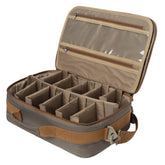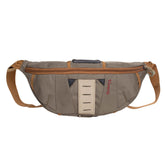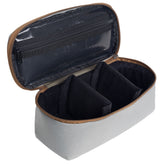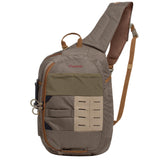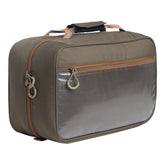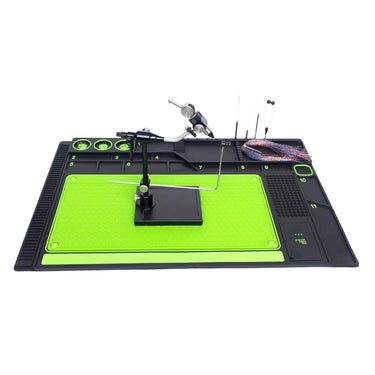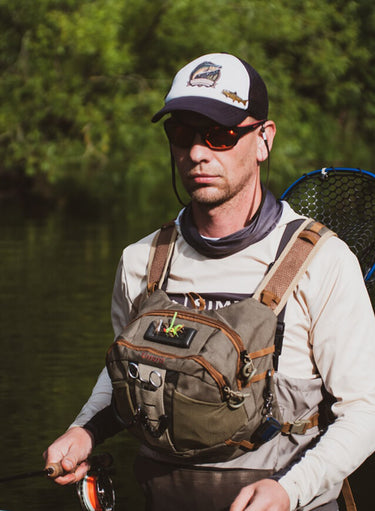Flies: Top Nymphs for Spring and Summer Trout Fishing in Mountain Streams and Rivers
When I think about fly fishing for trout, nymphs always come to mind as some of the most effective patterns. Knowing which nymphs work best during the summer and spring can significantly increase your chances of landing that elusive catch. Whether you’re casting in lively mountain streams or steady rivers, selecting the right nymphs that match the local aquatic insects is crucial.

I’ve spent countless hours experimenting with various nymphs and have discovered the top choices for different seasons and environments. In summer, for example, patterns that mimic prevalent insects like the caddis or mayfly bring success. In spring, local hatches can dictate which nymphs are the most effective, and understanding these patterns helps me make informed decisions on the water.
Mountain streams often require specific nymph selections due to their unique ecosystems. I’ve found that lighter, smaller nymphs that flow with the current can entice even the wariest trout. For river fishing, I pay careful attention to water depth and speed, adjusting my nymph choices accordingly to increase my chances of a successful outing.
Basics of Nymph Fishing
Nymph fishing is a fundamental technique in fly fishing that targets trout and other freshwater species. Understanding the nature of nymphs and selecting the right gear are crucial for success.
Understanding Nymphs and Their Role
Nymphs are the aquatic insect larvae that fish feed on beneath the surface. Common nymphs include stoneflies, mayflies, caddis, and midges. Recognizing these insects helps me select effective fly patterns.
Trout often feed at various depths, so knowing when and where to fish nymphs is essential. I often observe the water's surface for rising fish, indicating they might be targeting emerging insects. Nymph patterns like the Woolly Bugger can mimic these aquatic insects effectively. I pay attention to the nymphs’ size and color to match the local hatch.
Essential Gear for Nymph Fishing
To successfully fish with nymphs, I require specific gear. A weight-forward fly line helps with casting and mending on the water's surface. I use tapered leaders that transition to a thinner tippet for improved presentation.
Adding weight to my nymph patterns is sometimes necessary to ensure they sink. This can be achieved through split shot or weighted flies. Presentation is crucial; I often adjust my technique based on water conditions.
Choosing the right nymph pattern is also significant. I keep a variety of sizes and colors in my tackle box to adapt to the trout's preferences.
Seasonal Nymph Selection
Selecting the right nymph patterns according to the season can significantly enhance my success when trout fishing. Spring and summer require different strategies and nymph choices to effectively catch trout in various stream environments.
Optimal Nymphs for Spring Fishing
In spring, I focus on nymph patterns that mimic the aquatic insects prevalent in streams such as spring creeks and freestone streams. Effective patterns include:
- Quill Gordon: This mayfly nymph is a perfect match for early-season hatches.
- Light Cahill: Another key mayfly pattern, particularly effective in warmer spring days.
- Stoneflies: I often use golden stone nymphs as they represent the larger aquatic insects active during spring.
Midges are also an essential part of my spring fishing strategy. As water temperatures rise, these small insects become increasingly abundant. Targeting areas with slow-moving water can yield successful catches.
Summer Nymph Fishing Strategies
During the summer months, the approach shifts slightly, focusing on patterns that cater to the warmer water conditions found in the Smoky Mountains and other local streams.
Key nymphs I utilize include:
- Golden Stone Nymphs: These are effective during the peak of summer and replicate natural prey for trout.
- Midges: They remain key throughout summer, especially in evenings when trout are actively feeding.
For summer fishing, I also pay close attention to water temperature and flow. I find that fishing deeper pools and faster currents often produces better results. Combining nymphs with occasional dry flies can create an enticing presentation that attracts trout effectively.
Techniques for Different Water Bodies

Each water body presents unique challenges and opportunities when fishing for trout with nymphs. I will outline specific tactics for mountain streams and rivers, focusing on the techniques that yield the best results.
Mountain Stream Nymph Fishing Tactics
In mountain streams, I rely on stealth and presentation. These waters often have swift currents and pockets where trout hide. I use light tippet to reduce visibility and ensure my nymphs drift naturally.
The Tellico nymph is effective here due to its enticing flash and color, making it a reliable choice. I cast into shallow pocket water and allow the nymph to sink into deeper pools where trout rest.
Patience is essential; a slow retrieve can trigger strikes. I vary my depth by adjusting the indicator to target trout at various levels. This technique enhances my chances in swift currents.
River Fishing: Harnessing the Power of Nymphs
When fishing rivers, I focus on structure and flow. Trout often position themselves near rocks and submerged logs. Utilizing a hopper pattern as an indicator, I can effectively present nymphs below the surface.
I cast upstream and allow the nymphs to drift with the current. The aim is to mimic the natural movement of food while keeping my gear hidden. Adopting a woolly worm as a secondary option increases my chances of enticing fish.
Fishing in deeper pools often produces better results. I maintain a careful approach to avoid spooking fish. Experimenting with different weights helps ensure my nymphs reach the desired depths, enhancing the likelihood of a successful catch.



